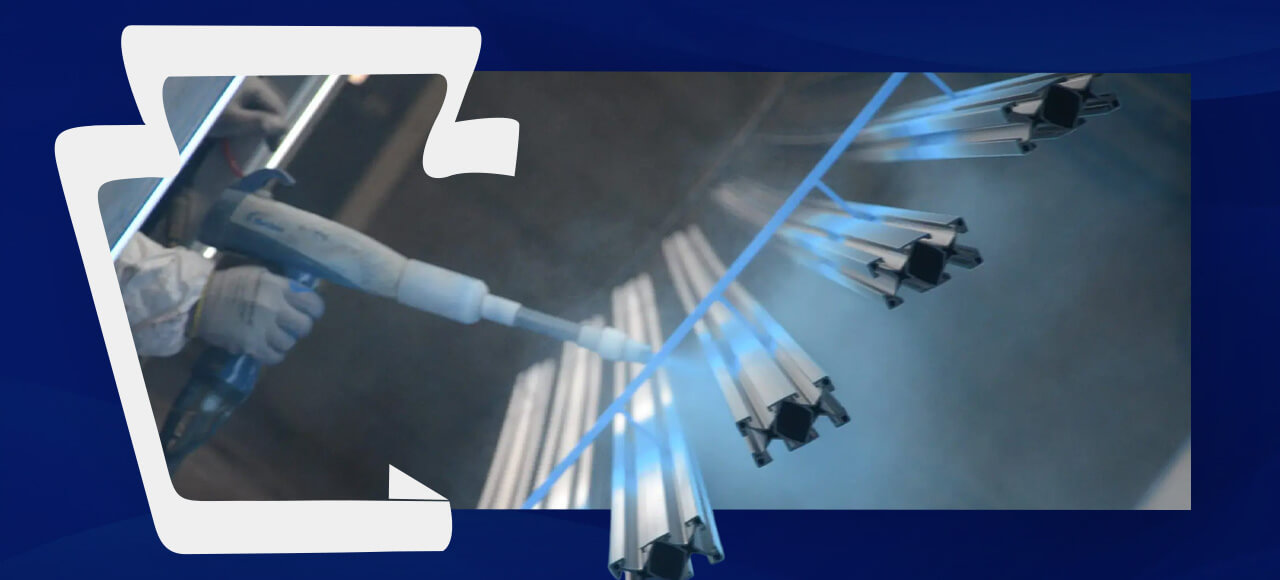
A prevalent form of metal finishing, powder coating treats various product types and materials across multiple industries. One key aspect of effective powder coating is ensuring that the thickness is appropriate for the application at hand. Technicians typically take thickness measurements before and after the curing process to evaluate the powder coating.
Thickness requirements may vary considerably depending on the product, but they are a consistently critical part of the powder coating’s effectiveness.
How Powder Coating Thickness Is Determined
Optimal powder coating thickness can vary from 2 millimeters to more than 8 millimeters. Powder coating manufacturers provide recommendations based on the properties and performance requirements of the metal that needs treatment.
During the powder coating process, products are sprayed with powder that goes through an electrostatic field. The powder particles become electrically charged before reaching the grounded coating components. As they undergo curing, the particles fuse into a cohesive film that covers the entire substrate.
When measuring an item’s coating thickness, you’ll need to consider several main properties. Evaluate these characteristics of the item to be coated:
- Coating thickness range
- Type of coating
- Equipment cost
- Substrate material
- Part’s size and shape
Manufacturers may use ultrasonic instruments on uncured powder for thickness measurements. These tools display a predicted cured thickness, and they allow for coating evaluation without disrupting the surface before curing. After the curing process is complete, manufacturers may apply magnetic or Eddy current instruments to metal products to assess their final cured coating thickness. An ultrasonic principle is typical for post-cure items that are not metal.
How Thickness Impacts Coating Durability
Powder coating’s thickness can significantly impact its performance, so it’s essential to understand the necessary range for your components. Thicker layers are required for items that will be exposed to the elements or potentially corrosive conditions, as they can help protect the components underneath. However, it’s vital to avoid coating above a manufacturer’s thickness recommendations. Overcoating can cause delamination, improper curing and other performance issues.
What Makes a Coating Thickness Effective?
Ultimately, the deciding factor in an item’s performance is whether the coating thickness fits the supplier’s recommended range. To deliver optimized performance, the product must receive an appropriate coating thickness for its material, shape and future applications. You can refer to the powder manufacturer’s Technical Data Sheet for specifications on recommended film thickness.
For example, military equipment should meet MIL-DTL-53072 and MIL-PRF-32348 standards to support the best performance and corrosion resistance. Meanwhile, products including metal window frames, fencing, rails and other architectural features should meet AAMA 2604 or 2605 standards for powder coating. These requirements can help improve product durability and weather resistance.
Get Commercial Powder Coating Services From Keystone Koating
At Keystone Koating, we have over 30 years of providing powder coating services for our customers’ applications. If you need trusted coating services, reach out to us today to get a quote.

